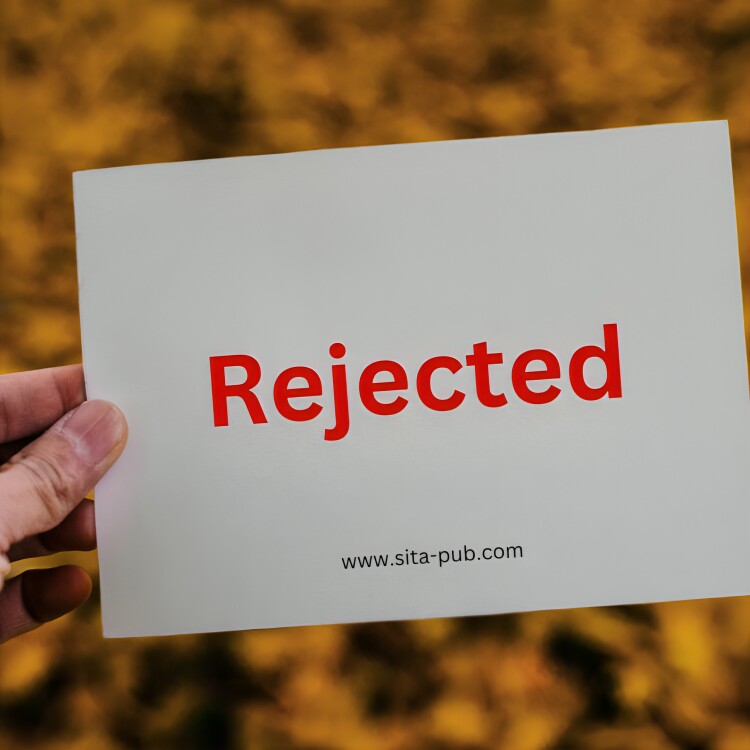What to Do If My Paper Is Rejected?


Getting your research paper rejected can be very disappointing. However, rejection is a common part of the publishing process. Many successful papers have been rejected before being accepted somewhere else. In this guide, we will discuss how to handle a rejection, understand reviewer feedback, and improve your chances for future submissions.
When you receive a rejection letter, it is normal to feel upset or frustrated. Allow yourself some time to feel these emotions. It’s okay to be disappointed, but try not to make quick decisions about what to do next. Take a break, think about your work, and come back to it with a fresh mind.
Most journals will give you feedback from reviewers. This feedback can help you improve your manuscript. Here’s how to approach it:
Look for Common Issues: Check if multiple reviewers point out the same problems. If they do, these areas need more attention.
Focus on Helpful Comments: Some comments will help you improve your paper, while others may just be personal opinions. Focus on the constructive feedback.
Take Notes: Write down the important points from the feedback. This will help you stay organized as you make changes.
Not all feedback is equally important. Consider the following:
Are the Comments Useful?: Think about whether the feedback makes sense for your research. If some comments are valid, plan to address them.
Do You Disagree with Some Points?: If you don’t agree with certain comments, it’s okay to stick to your ideas. Just be ready to explain your choices.
Clarify Any Misunderstandings: Sometimes reviewers misunderstand your work because it is not clear enough. Use this chance to make your writing clearer.
After you review the feedback, it’s time to make changes to your paper:
Address Each Comment: Go through the reviewer comments one by one and make the necessary minor and major changes. Keep a record of how you addressed each point.
Improve Clarity: Make sure your writing is clear and easy to understand. A well-organized paper can make a big difference.
Get More Feedback: Before sending your revised paper again, ask colleagues or mentors to read it. They can help you find any remaining issues.
If you want to submit your revised paper to a different journal, research potential options carefully. Here are some things to consider:
Journal's Aims and Focus: Make sure the new journal is a good fit for your research topic. If it doesn’t match, your paper may be rejected again.
Impact Factor: This number shows how often articles from a journal are cited. A higher impact factor often means a more respected journal.
Submission Guidelines: Read the new journal’s submission guidelines carefully to ensure your manuscript meets all requirements.
Once you have made your revisions and selected a new journal, it’s time to submit your paper again. Include a cover letter that briefly explains the changes you made based on the previous feedback. This shows the new journal that you have taken the reviewers’ comments seriously and worked to improve your paper.
Finally, use this experience as a chance to learn. Rejection is a normal part of the academic journey, and many researchers face it multiple times before getting published. Reflect on what you learned, both about your research and your writing.
Facing a rejection can be tough, but it can also provide valuable lessons for your research journey. By taking time to process your emotions, reviewing feedback, revising your manuscript, and choosing the right journal, you can turn rejection into an opportunity for growth. Remember, many successful papers have been rejected before finding the right place to be published. Keep improving your work, and success will come.
If you’ve faced rejection and are looking for the best journal options for your next submission, contact SITA Academy today! Our expert team can help you identify suitable journals that match your research and guide you through the submission process.

If you have any questions, inquiries, or would like to learn more about our services, please don't hesitate to reach out to us. Our dedicated team is ready to assist you.